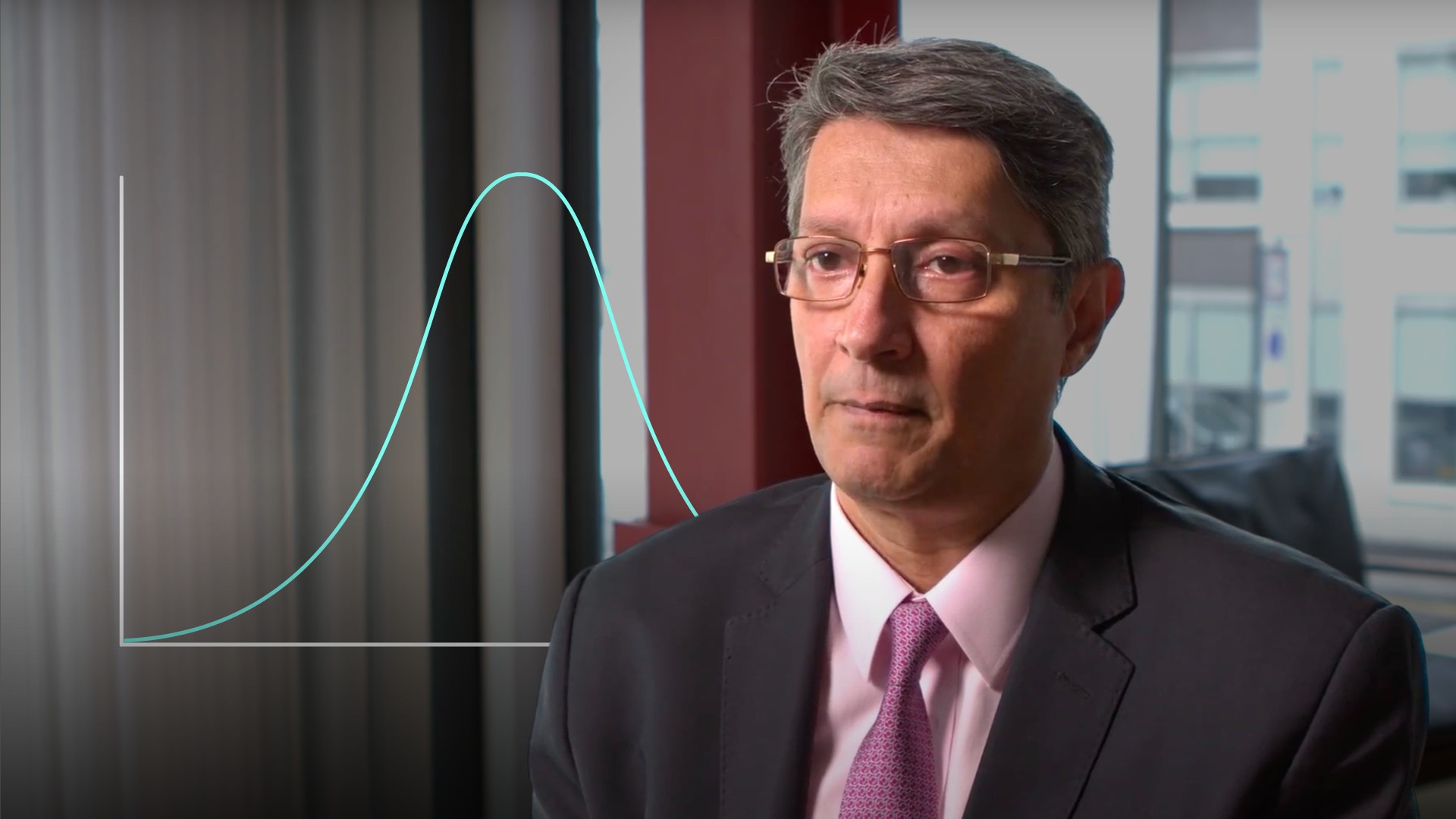
Historic Probability Distributions

Abdulla Javeri
30 years: Financial markets trader
In financial markets, probability distributions are used to gain insights into the likelihood of future returns. In this video, Abdulla constructs a historic probability distribution based on actual market data, and highlights the advantages and disadvantages of using this model.
In financial markets, probability distributions are used to gain insights into the likelihood of future returns. In this video, Abdulla constructs a historic probability distribution based on actual market data, and highlights the advantages and disadvantages of using this model.
Subscribe to watch
Access this and all of the content on our platform by signing up for a 7-day free trial.

Historic Probability Distributions
3 mins 49 secs
Key learning objectives:
Understand how the historic distribution can be applied to financial markets
Overview:
The historic distribution is often used in financial markets due to the advantages of plotting exactly how the market has behaved in the past. While this technique will never be 100% accurate, it can provide a good baseline of possible expectations.
Subscribe to watch
Access this and all of the content on our platform by signing up for a 7-day free trial.
How do we determine future returns?
In financial markets we use probability distributions such as normal, binomial and lognormal in attempts to gain insights into the range of potential future returns, the likelihood of achieving them and the risks associated in achieving them. In essence we assume that future returns and the probability of achieving those returns are consistent with the distributions we use. Of course we first have to decide on a mean and standard deviation of return.
What are the advantages of using a historic distribution?
The advantage of using a historic distribution is that you can incorporate 100% of the outcomes and it’s based on how the market has actually behaved. It also provides us with the mean, the standard deviation and information about the extent and direction of any skewness in the distribution.
What are the limitations of using a historic distribution?
We cannot use information and assume that the future distribution is going to be exactly the same. This particular probability distribution is specific to the data set we’ve used. If we had used a different time frame or size of data set we would likely have got a different distribution.
In terms of the future we could turn to the market itself to tell us what it thinks the distribution will be. With a bit of fancy maths we can derive an implied probability distribution from the options market via option prices. But, the market might be wrong.
We can never achieve 100% accuracy when dealing with the future, irrespective of whichever distribution we use and input parameters we assume. The best that we can probably hope for is that by making rational assumptions we can use these tools to reduce the margin of error.
Subscribe to watch
Access this and all of the content on our platform by signing up for a 7-day free trial.

Abdulla Javeri
There are no available Videos from "Abdulla Javeri"



























